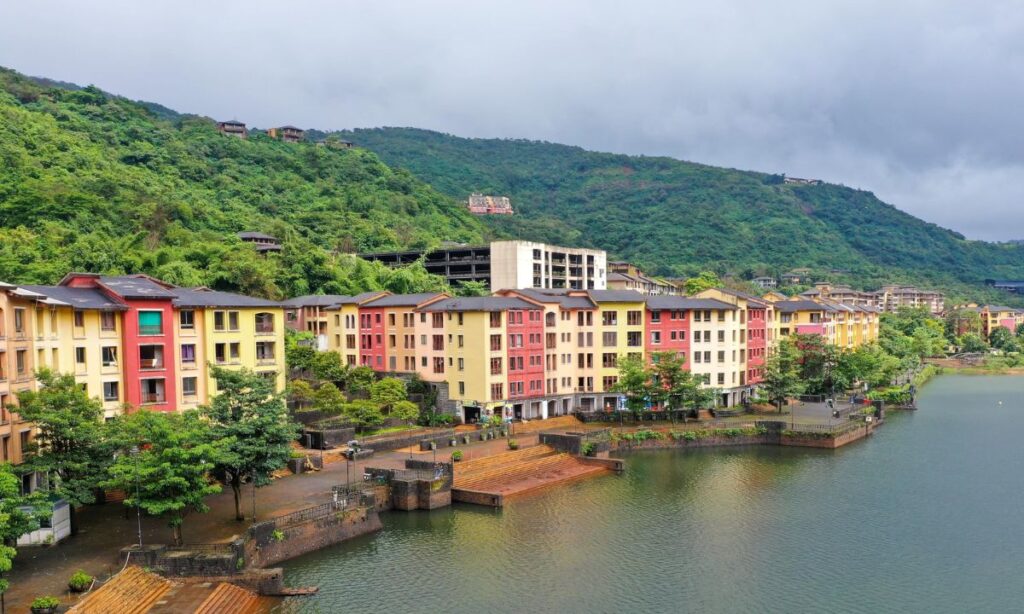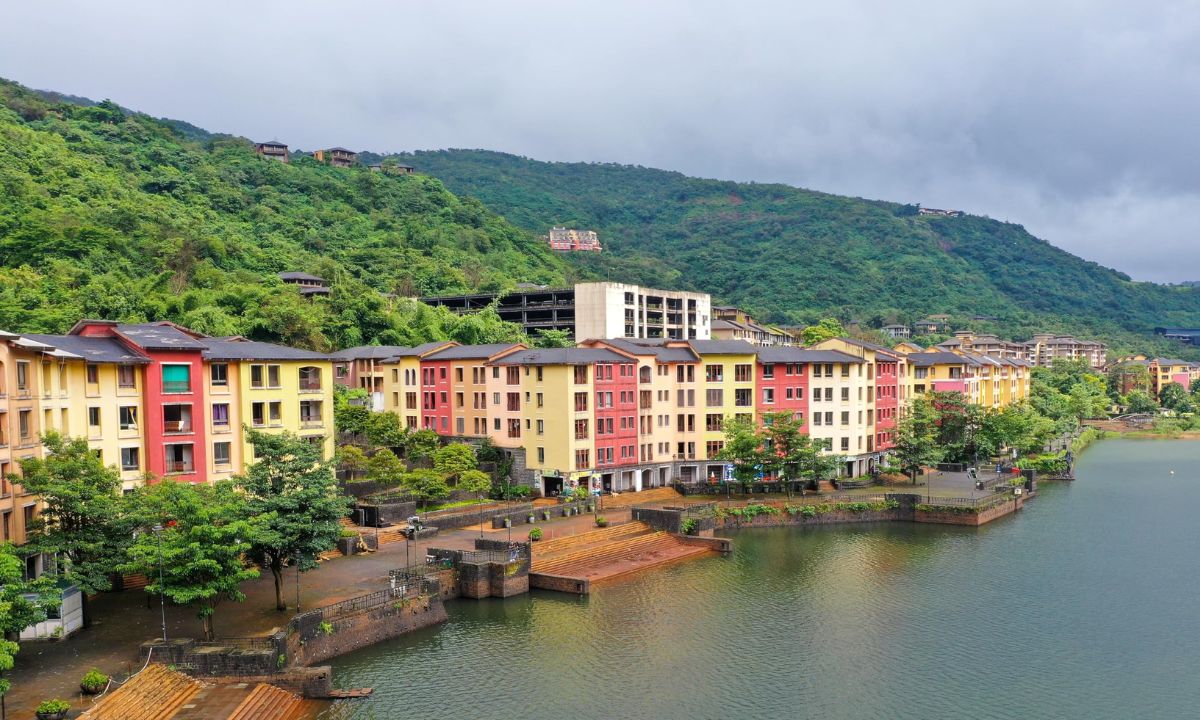In a significant pivot in India’s urban development policy, the Union government has decided to shelve its ambitious ₹8,000-crore greenfield cities scheme recommended by the 15th Finance Commission. Instead, the focus is shifting toward upgrading existing small cities and promoting brownfield developments as part of a more sustainable and economically viable urban growth model. This strategic move underscores a shift from building new cities from scratch to investing in organic urban expansions and infrastructure improvements in under-served peri-urban and Tier-II/III areas.

📌 Key Developments
🚫 Greenfield Cities Plan Shelved
- The plan to incubate eight greenfield cities has been shelved.
- ₹8,000 crore initially allocated is now being redirected to a new infrastructure-focused scheme.
- The decision was taken following presentations to the Prime Minister’s Office (PMO) by inter-ministerial groups and NITI Aayog.
“Instead of going for greenfield cities, the PMO has called for efficient investments in existing organic cities as the next ‘growth hubs’,” — Senior MoHUA Official
Proposals Already Submitted
- 26 proposals had already been received, including Ayodhya (UP), Jagiroad (Assam), and GIFT City expansion (Gujarat).
- Some state governments had already begun investing in preliminary infrastructure.
Shift to Small City Infrastructure
- New scheme likely to target towns with populations between 50,000–100,000.
- Focus areas: Basic urban services, capacity building, and connectivity.
SASCI to Lead Greenfield Township Efforts
- The Centre will now encourage greenfield townships under the Special Assistance to States for Capital Investment (SASCI).
- Offers 50-year interest-free loans for capital projects aligned with national reforms.
Expert Opinions: Focus on Real Needs
On greenfield city failures:
“Historically, the idea of creating artificial cities has not worked well… Lavasa, GIFT City, Naya Raipur all bear testimony,” — Rutul Joshi, Professor, CEPT University
On peri-urban dynamics:
“Peri-urban areas are increasingly driving urban GDP… governance here must be reimagined with Centre-State frameworks,” — Jaya Dhindaw, Director, WRI India
Summary Table: Quick Highlights
| Aspect | Details |
|---|---|
| Scheme Shelved | ₹8,000-crore Greenfield Cities Scheme |
| Replacement Focus | Smaller cities (50K–100K pop.) & peri-urban infrastructure |
| Key Decision Maker | Prime Minister’s Office (PMO) |
| Supporting Mechanism | SASCI – 50-year interest-free loans for state capital investment |
| New Urban Challenge Scheme | ₹100,000 crore (awaiting formal contours) |
| Expert Critique | “Artificial cities don’t create jobs. Cities grow because of jobs.” |
| Notable Proposal Examples | Ayodhya, Jagiroad, GIFT City, Jabalpur Extension, Sawargaon Mal |
Expert Commentary
- Rutul Joshi (CEPT University): Emphasized the failure of “artificial” cities like Lavasa and stressed on densifying urban cores like Delhi’s transit zones.
- Jaya Dhindaw (WRI India): Highlighted the need for a robust governance framework in peri-urban regions and investment in Tier-II/III cities.
- R Srinivas (Former MoHUA Planner): Pointed to past failures in brownfield initiatives due to lack of legal reforms and follow-through from the Centre.
FAQ: Greenfield Cities and Urban Shift
1. Why did the Centre cancel the Greenfield Cities plan?
The plan was shelved following recommendations from PMO and NITI Aayog, citing inefficiency and past failures of artificial cities.
2. What happens to the ₹8,000 crore allocated earlier?
It will be subsumed under a new infrastructure scheme targeting smaller towns and peri-urban areas.
3. What is SASCI and how does it relate?
SASCI is a funding mechanism offering long-term interest-free loans to states for reform-driven capital projects, including townships.
4. What will the new ₹100,000 crore urban scheme cover?
It aims to upgrade infrastructure in small towns (pop. 50K–100K) and avoid focusing on megacities.
5. Are there examples of failed greenfield cities in India?
Yes — Lavasa, Naya Raipur, and even GIFT City have underperformed in terms of population and economic vibrancy.
